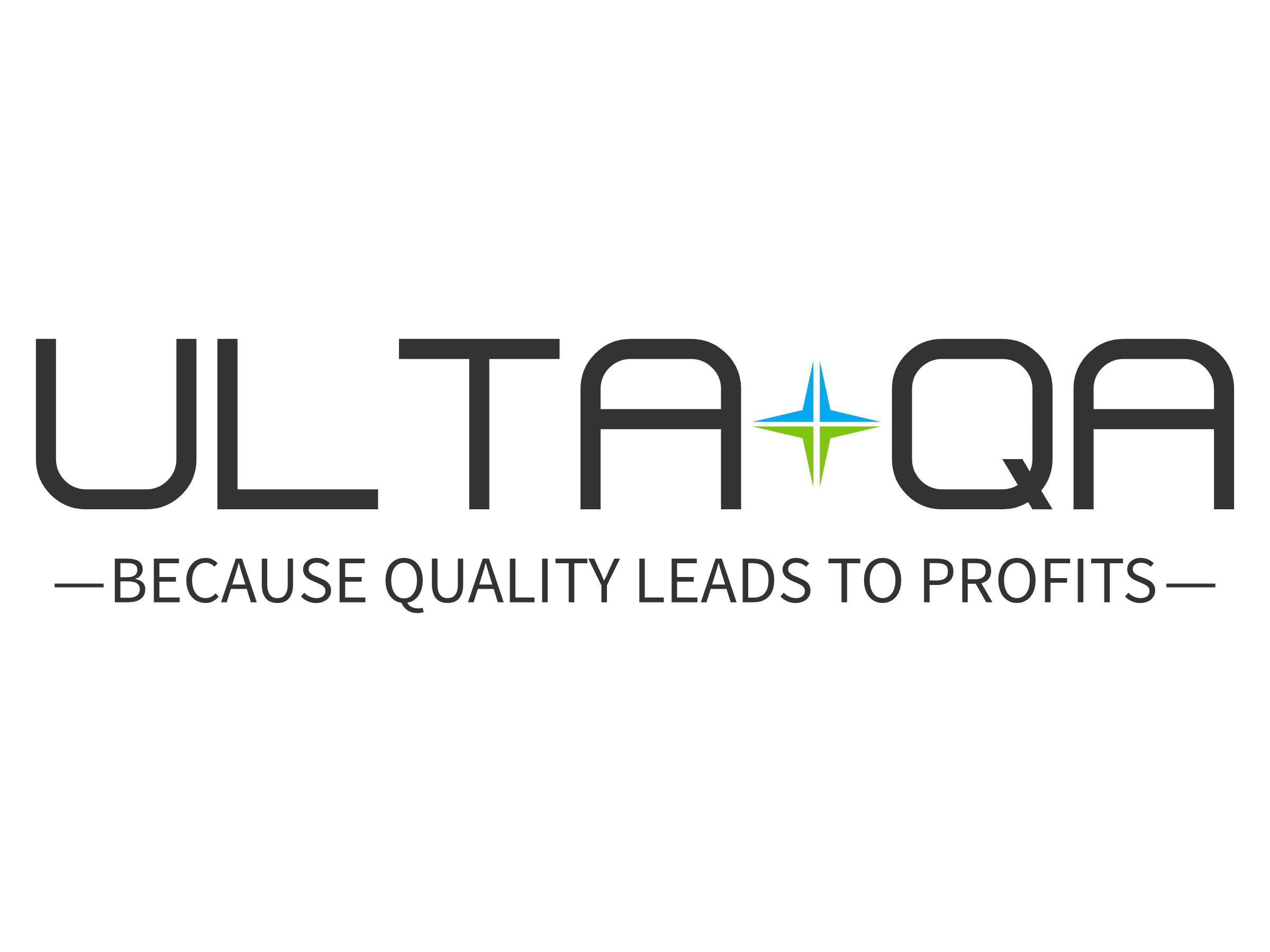In the ever-evolving landscape of software development, quality assurance (QA) has transcended the mere identification and eradication of bugs. Today, it is about embracing a comprehensive approach that not only ensures the absence of defects but also enhances the overall efficiency and reliability of software products. In this blog post, we delve into the realm of “Beyond Bugs” and explore how leveraging automation is key to achieving a truly comprehensive QA strategy.
The Evolution of Quality Assurance
Gone are the days when QA solely revolved around manual testing, an approach that was time-consuming, error-prone, and limited in scalability. The rapid pace of software development demanded a paradigm shift, leading to the rise of automated testing as a cornerstone of modern QA.
The Power of Automation in QA
1. Efficiency and Speed:
Automation eliminates the mundane, repetitive tasks associated with manual testing. This not only accelerates the testing process but also allows teams to focus on more complex and strategic aspects of QA.
2. Consistency and Repeatability:
Automated tests perform tasks consistently every time they run, ensuring uniformity across various test cycles. This repeatability is crucial for identifying trends, patterns, and potential issues in the software.
3. Wider Test Coverage:
Automation enables the creation and execution of a vast array of test cases during each testing cycle. This expanded test coverage ensures that all functionalities and features of the software are thoroughly examined, reducing the likelihood of undiscovered issues.
4. Continuous Integration and Deployment (CI/CD) Support:
Automated testing seamlessly integrates with CI/CD pipelines, facilitating rapid and reliable delivery of software updates. This ensures that new features are rolled out with confidence, maintaining the integrity of the entire application.
Comprehensive QA: Beyond the Code
1. User Experience Testing:
Automation extends beyond the backend to validate the user experience. GUI testing, usability testing, and performance testing can all be automated, ensuring that end-users have a seamless and enjoyable interaction with the software.
2. Security and Compliance:
Automated tools can systematically assess security vulnerabilities and compliance requirements, providing a robust defense against potential threats. This proactive approach to security is essential in today’s interconnected digital landscape.
3. Data Integrity and Recovery Testing:
Comprehensive QA involves verifying the integrity of data storage and assessing the ability to recover data in case of unexpected events. Automation allows for systematic and reliable testing of these critical aspects.
Implementing a Comprehensive QA Strategy
Achieving a comprehensive QA strategy requires a thoughtful blend of automated and manual testing. While automated testing excels in repetitive and well-defined scenarios, manual testing remains invaluable in exploring the uncharted territories of user experience and real-world usage.
By harnessing the power of automation for repetitive tasks, regression testing, and performance testing, QA teams can focus their human expertise on exploratory testing, user-centric testing, and strategic decision-making.
Conclusion
In conclusion, the journey “Beyond Bugs” involves recognizing the transformative potential of automation in the realm of quality assurance. It’s about embracing a holistic approach that considers not just the absence of defects but the overall quality, security, and user experience of the software. As your quality assurance tech company navigates this path, leveraging automation will be the key to unlocking a future where comprehensive QA sets the standard for excellence in software development.
